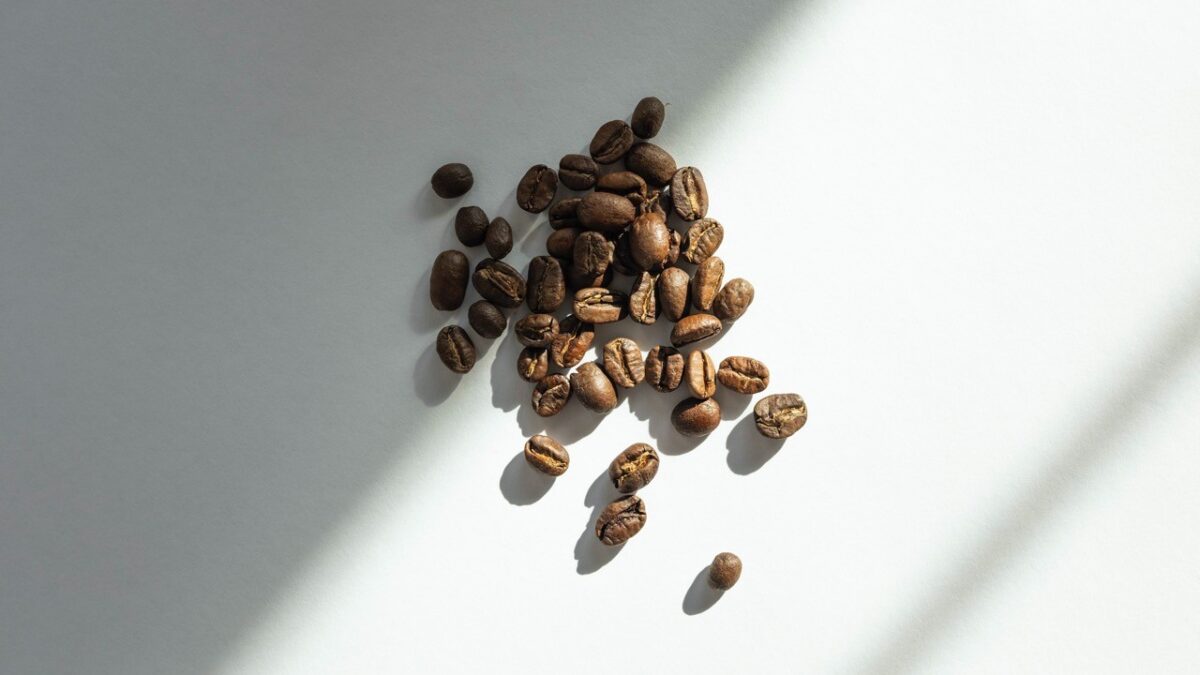
Our Neighbourhood
They’re also rather protective of it (which you’ll know if you’ve ever cooked pasta for an Italian guest – it can feel like you’re in a Masterchef final). To ruin Italian food is to insult their very heritage, and rightly so. Italy has a well-deserved reputation for producing the finest of Mediterranean food and drink, and its citizens are suitably proud of it.
Italian cuisine is hugely diverse, with a variety ranging from cannoli in Sicily to ossobuco in Lombardy. And then there’s the wine – it’s the world’s largest wine producer, making up a quarter of total production. Going back to ancient Roman times, Italy has long been known for its incredible abundance of high-quality wines.
That said, Italians are also renowned for their love of all things coffee. The classic espresso has its roots in Italy, and it’s a place where simple, high-quality coffee is revered, rather than complex concoctions and gimmicky high-sugar drinks. (A certain global coffee chain has famously had a lot of trouble opening branches in Italy due to its residents’ discerning tastes – even though it was inspired by Milanese coffee shops in the first place.)
The authentic coffee house itself is a staple of Italian culture. The image of an espresso sitting on a marble counter, accompanied by a copy of la Repubblica and a pastry, is a familiar one across the country. An artisan barista’s gaze over their finely crafted caffè is a symbol of the care put into each cup.
But how did this love for coffee come to be? Coffee beans certainly aren’t grown in Italy, flourishing in the equatorial regions instead. Historical quirks – and the invention of the espresso – are the answer.